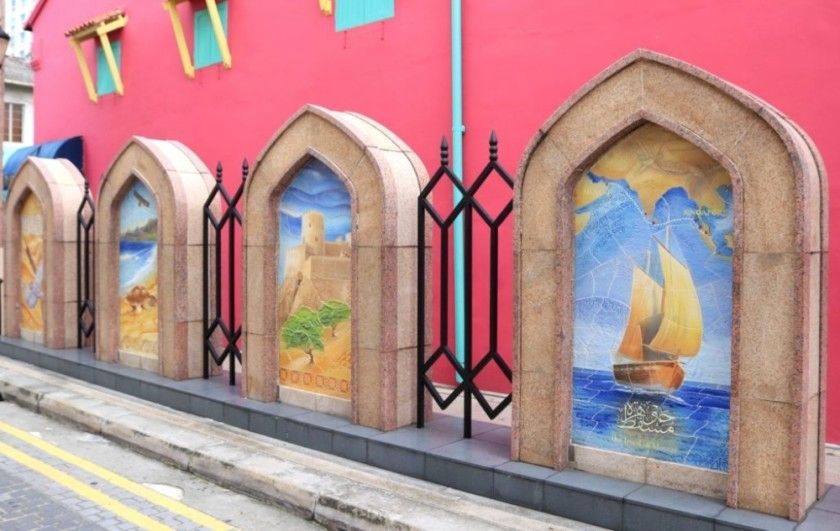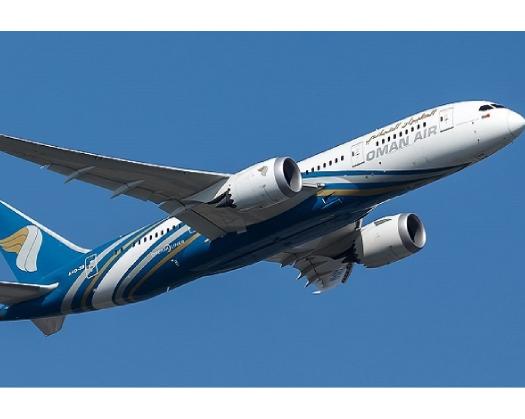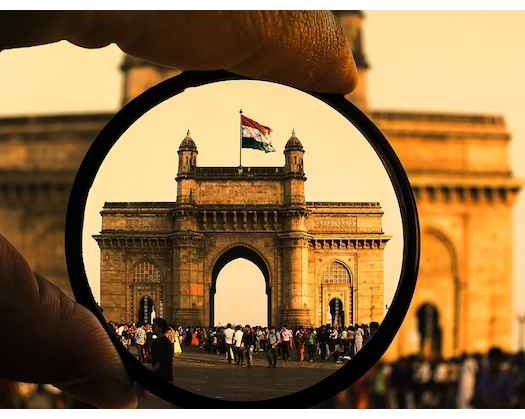Muscat Street in Singapore is a highly sought-after destination within the Kampong Gelam neighborhood, drawing in a multitude of tourists and visitors alike.
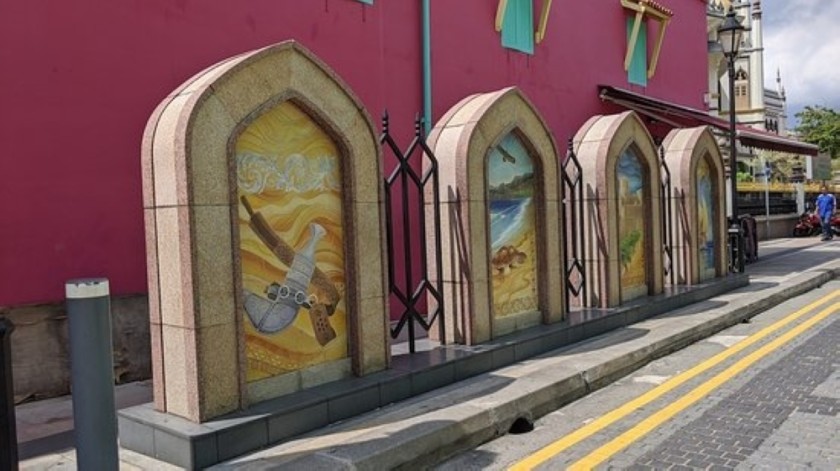
During the 19th century until the early 20th century, Muscat Street bustled with numerous merchants conducting their trade.
In November 2012, Muscat Street underwent a renovation project led by Singapore's Urban Redevelopment Authority and the Muscat Municipality.
This charming street showcases a blend of Omani culture through its captivating paintings and architectural elements. Visitors can admire beautiful depictions of ships, Omani flags, date trees, and other cultural symbols, serving as a testament to Singapore's historical ties with Arab traders.
The Ministry of Foreign Affairs in Singapore has emphasized the strong ties between Singapore and Oman through the renowned Muscat Street redevelopment project.
This project was inaugurated on November 8, 2012, by Singaporean Minister K Shanmugam and Sayyid Badr bin Hamad al Busaidy, the current Foreign Minister, who held the position of Secretary-General of the Ministry of Foreign Affairs at that time.
Muscat Street boasts two magnificent 8-meter-high granite arches adorned with intricate Omani carvings at both ends. The street is further enhanced by the presence of stunning granite murals and mosaic artwork. These murals showcase various aspects of Omani culture and have been meticulously crafted by talented Omani artists.
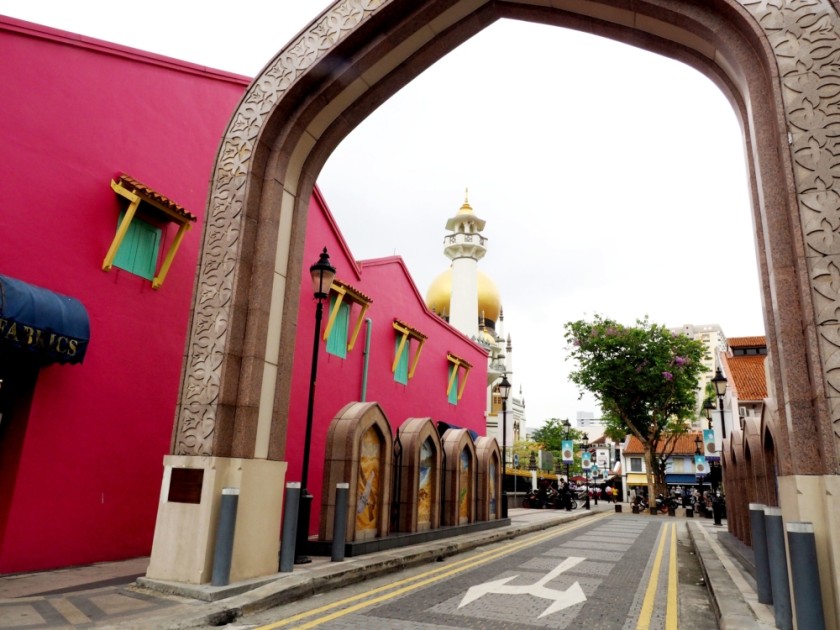
The tiles used in these murals have been specially selected and imported from Oman, adding an authentic touch to the street's aesthetic. Among the captivating scenes depicted in the murals are the iconic khanjar, a traditional Omani dagger known for its curved shape and double-edged blade, often adorned with silver filigree.
Another notable depiction is that of the dallah, a metal pot with a long spout used for making and serving Arabic coffee. Additionally, the murals showcase one of Oman's historic forts, offering a glimpse into the country's rich heritage.
Kampong Glam, also known as Singapore's Muslim Quarter, is home to a collection of 19th-century shophouses that have been transformed into stores selling textiles and casual restaurants serving delectable Malay and global cuisine.
The area is dotted with notable landmarks such as the golden-domed Sultan Mosque and the Malay Heritage Centre, which offers insightful exhibits on local history. Visitors can also explore clothing boutiques, admire street art, and wander through the trendy Haji Lane, adding to the vibrant atmosphere of Kampong Glam.
THE JEWEL OF MUSCAT
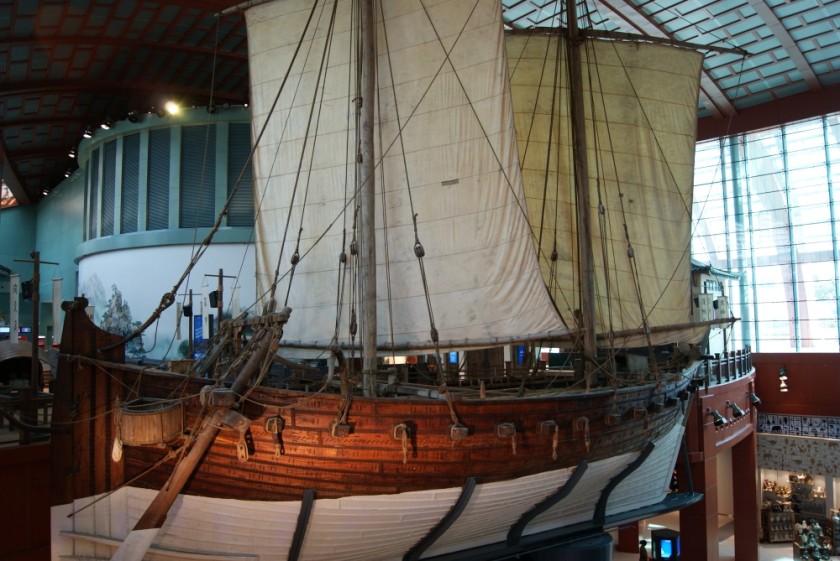
The mural on Muscat Street showcases the Jewel of Muscat, a significant gift from the Late Sultan Qaboos to Singapore. This project holds great symbolism as it represents the revival of ancient trade routes connecting Asia and the Middle East.
The Jewel of Muscat is a replica of a 9th-century Arabian ship that carried Chinese artifacts. It was discovered in 1998 off Belitung Island in the Java Sea. This remarkable dhow measures 18 meters in length and 6 meters in width. Its construction closely follows the traditional 9th-century Arab shipbuilding techniques, with planks hand-sewn together using coconut fibers.
During its voyage, the Jewel of Muscat had a crew of 15 sailors, consisting of both Omanis and Singaporeans. The ship spent a total of 68 days at sea, while the entire journey lasted 138 days, covering a distance of 3,580 nautical miles (equivalent to 4,119 miles or 6,630 kilometers). Throughout the expedition, the crew relied on 9th-century navigational methods, showcasing their dedication to historical accuracy.
A kamal, the primary instrument utilized, is employed to determine a ship's latitude by observing well-known stars.
On July 3, 2010, the dhow reached its destination in Singapore.
According to Singapore's foreign ministry, since the initiation of the Jewel of Muscat project in 2007, there have been numerous high-level visits between Singapore and Oman. This includes a State Visit by former President S R Nathan in 2009. The Jewel of Muscat, an intricately reconstructed 9th-century Arab trading dhow, embarked on an extraordinary voyage from Oman to Singapore, covering a distance of 6,000 kilometers. This journey symbolized the revival of historical maritime connections and marked a new era in the bilateral relations between Oman and Singapore.
The magnificent replica has now found its permanent residence at the Maritime Experiential Museum in Sentosa Resorts World, Singapore. Additionally, a scaled model, accompanied by an informative plaque, adorns the Marina in Al Mouj, Muscat.

